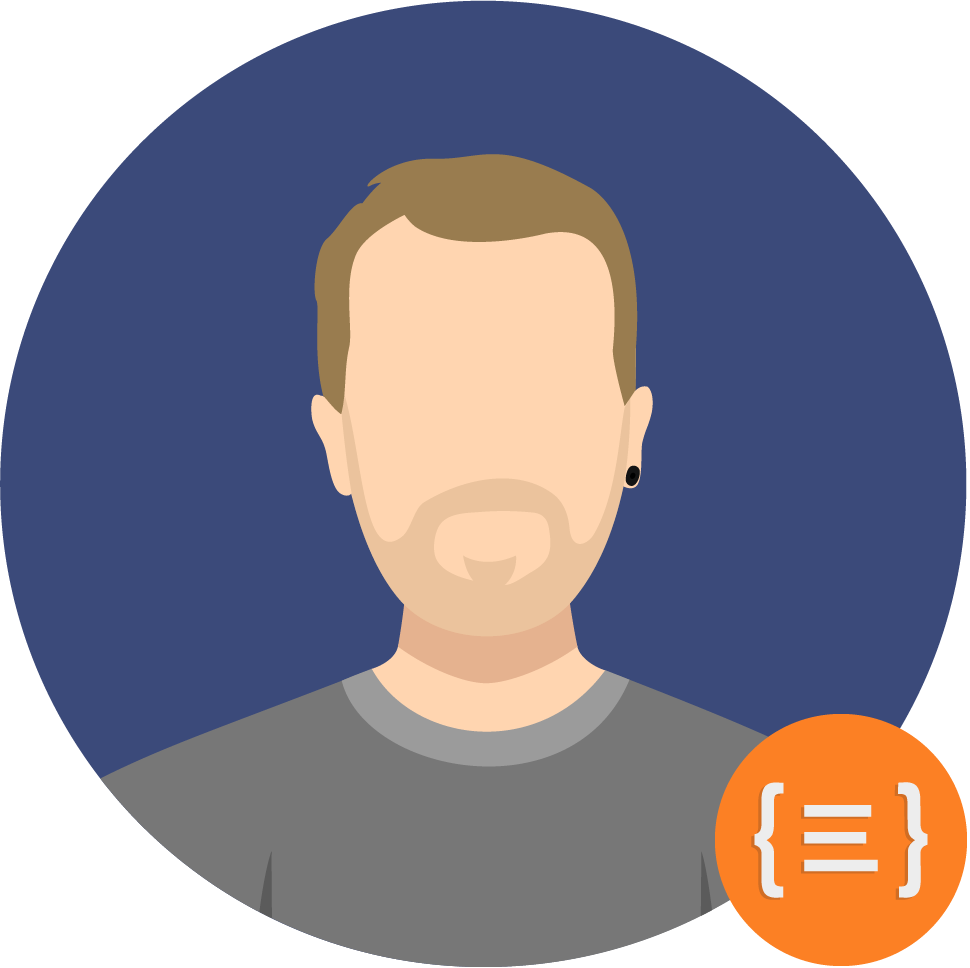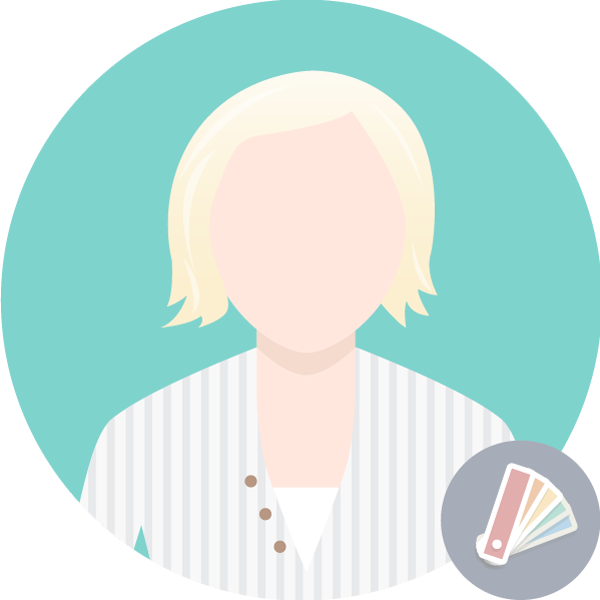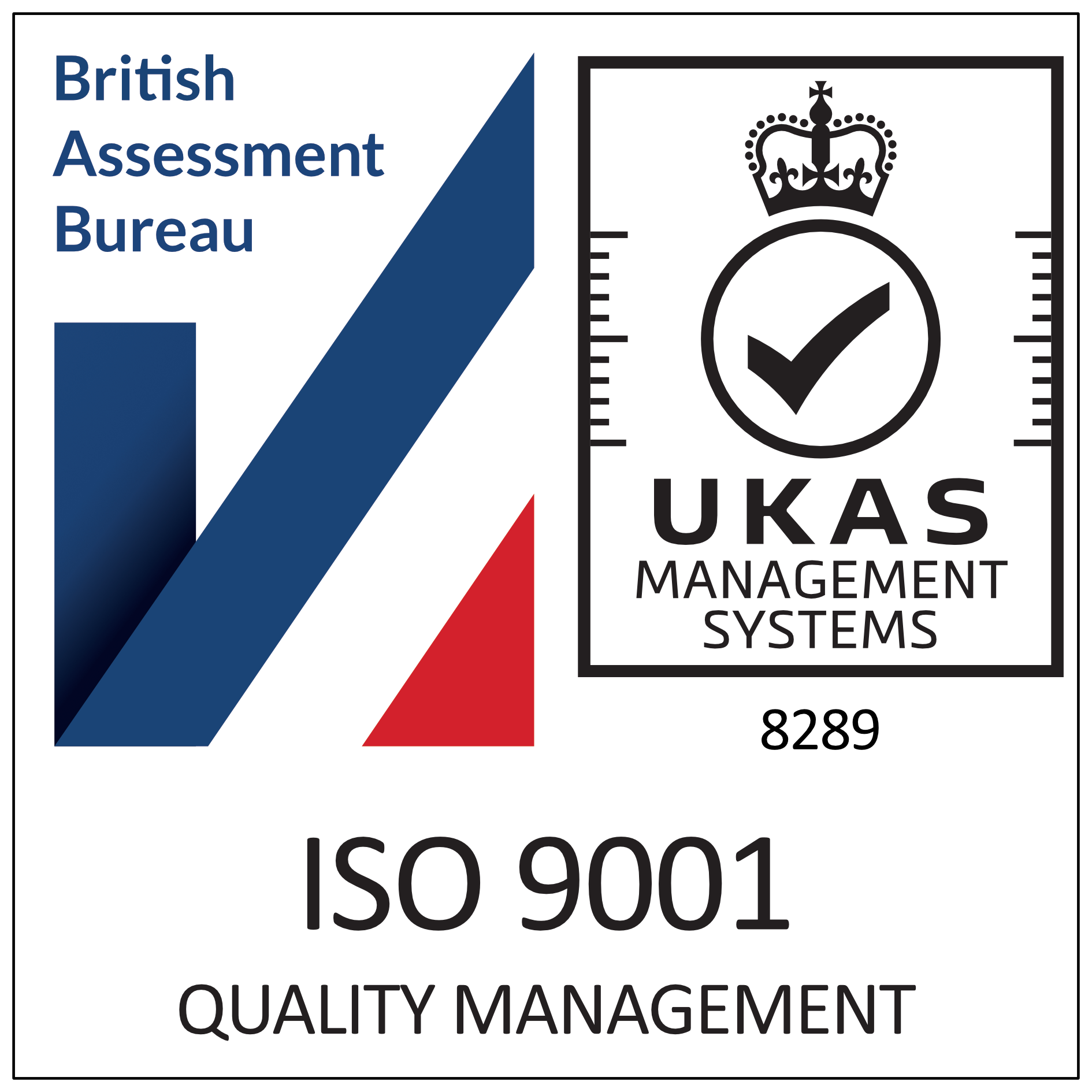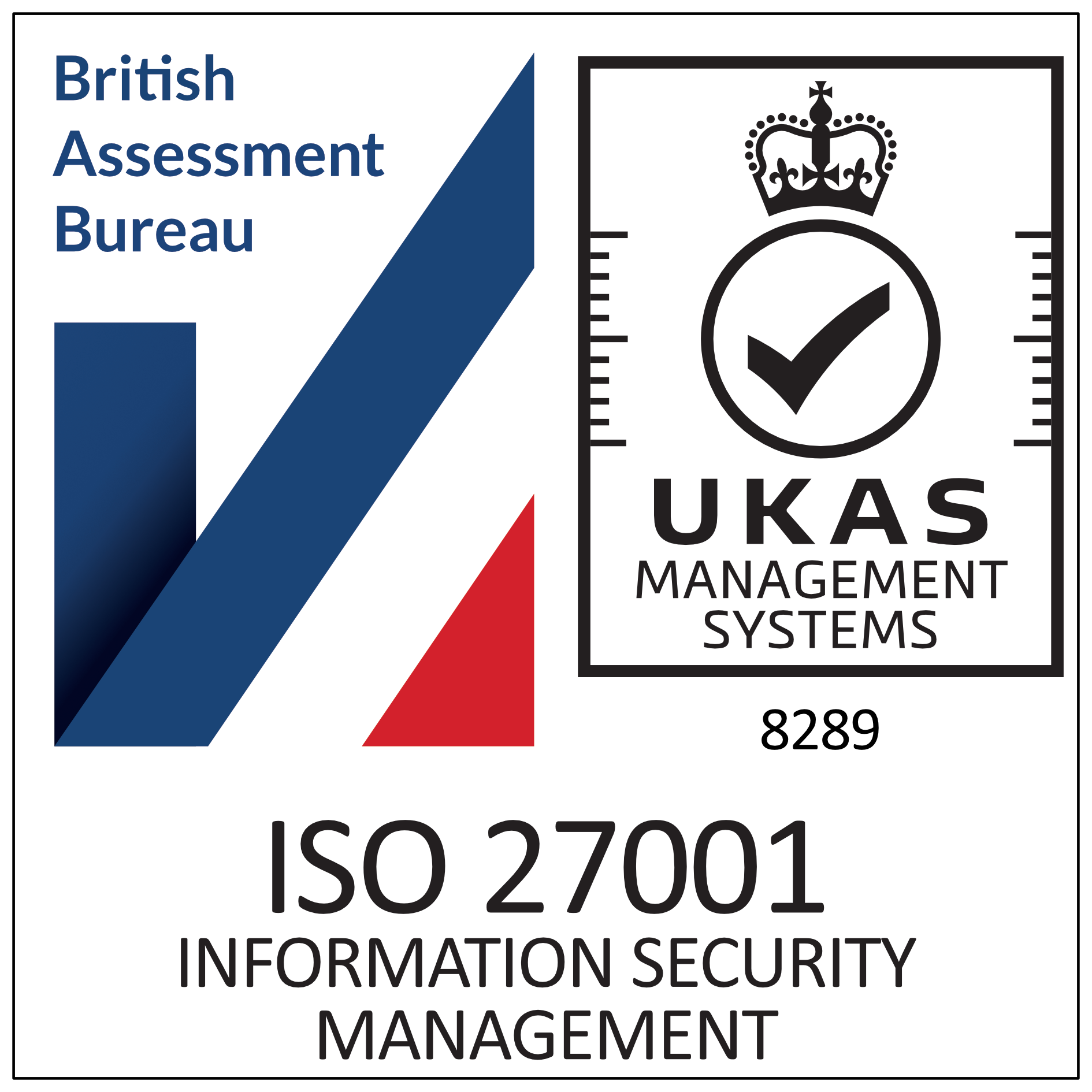The challenge
People with physical disabilities often have at best, this icon to tell them if they can access a venue. Although it is now a legal requirement that all UK businesses make their buildings accessible to wheelchair users, the reality on site may be quite unpredictable, especially as there are many types and severities of physical disability. Discovering you can't get around inside a building when you get there can be isolating and undignified; the fear of which can limit peoples' activities.THINGS YOU CAN'T GOOGLE:







